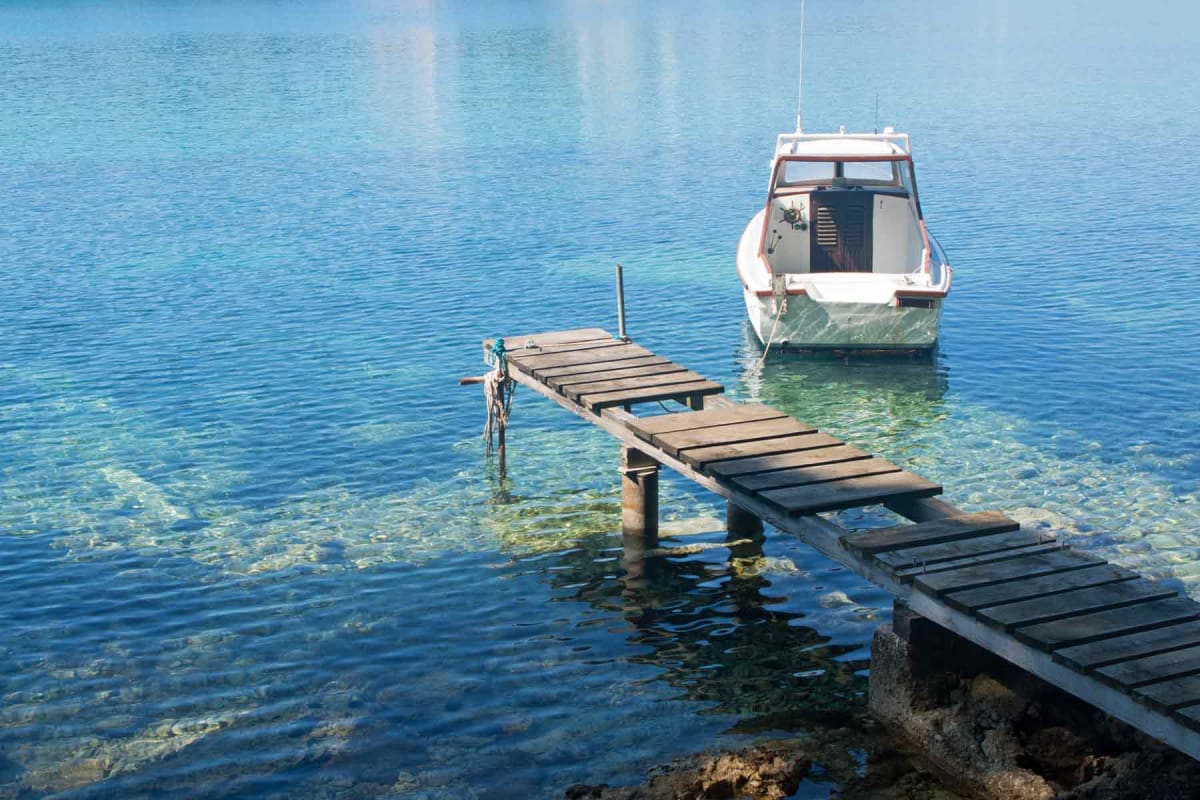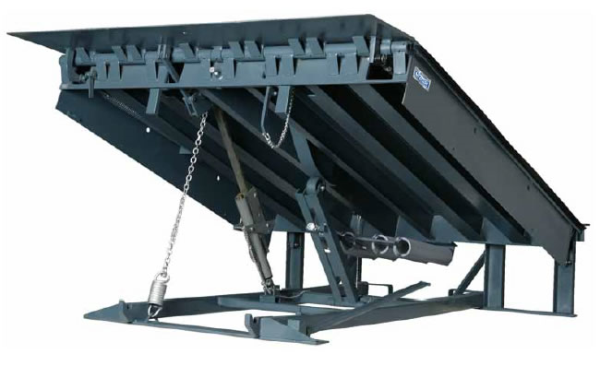Vital Guide to Budget-friendly Dock Repairs for Homeowners
Vital Guide to Budget-friendly Dock Repairs for Homeowners
Blog Article
Reliable Dock Repair Service Techniques: Guaranteeing Architectural Stability
Making certain the architectural integrity of anchors through effective repair service strategies is paramount for the durability and security of aquatic facilities. Consequently, picking the right repair materials, such as composite materials and corrosion-resistant alloys, is crucial for longevity.
Examining Dock Damages
Examining dock damages is a crucial first step in ensuring the structural honesty and safety and security of any docking facility. Key facets to take a look at include the dock's structure, pilings, decking, and equipment (Dock Repairs).
Architectural engineers or certified examiners usually perform these analyses utilizing specialized devices and techniques. As an example, underwater inspections might utilize finder devices or from another location operated automobiles (ROVs) to spot immersed damage. Over water, visual assessments are complemented by utilizing dampness meters and various other diagnostic tools to reveal underlying issues not right away noticeable to the nude eye.

Finding Repair Work Products
Selecting the proper repair service materials is a crucial action in the dock remediation procedure, one that directly affects the long life and efficiency of the fixed framework. Material choice have to be driven by elements such as ecological problems, load-bearing demands, and compatibility with existing dock parts. Timber is a conventional option for docks due to its natural strength and visual charm. Choosing the best type of timber, such as pressure-treated lumber or normally rot-resistant varieties like cedar or teak wood, is critical to hold up against marine settings.
In enhancement to timber, composite products are increasingly prominent because of their longevity and reduced upkeep requirements. Compounds, usually made from a blend of plastic and timber fibers, use outstanding resistance to rot, insects, and UV damages. For metal anchors, choosing corrosion-resistant alloys such as galvanized steel or marine-grade light weight aluminum is important to prevent corrosion and guarantee architectural honesty in saline water conditions.
Epoxy materials and marine-grade sealers are important for fixing splits and securing joints, offering a water resistant obstacle and boosting the dock's total strength. By meticulously choosing high-grade products, dock repairs can achieve resilient outcomes, therefore safeguarding against future destruction and ensuring safe, trustworthy usage.
Architectural Support Strategies
Reliable structural reinforcement strategies are critical in ensuring the stability and longevity of dock repairs. One fundamental method includes making use of steel or composite support bars (rebar) within concrete structures. Rebar supplies extra tensile stamina, avoiding fractures and distributing loads much more evenly. This method is specifically effective for anchors exposed to heavy lots or rough ecological problems.
Another essential strategy is the application of fiber-reinforced polymers (FRP) These materials offer high strength-to-weight proportions and exceptional resistance to corrosion, making them ideal for More Help enhancing wooden or concrete docks. FRP can be used in sheets or strips and bonded with epoxy materials to improve structural stability.
Supporting and anchoring systems additionally play a crucial function in architectural reinforcement. Cross-bracing, using steel or wood beam of lights, can neutralize lateral pressures, reducing guiding and movement. Anchoring systems, such as helical piers or driven piles, offer a stable structure by moving loads to deeper, extra secure dirt layers.
Last but not least, the combination of load-distribution plates can aid distribute weight extra evenly across the dock's surface area, alleviating localized anxiety factors. These techniques collectively make sure that anchors continue to be risk-free and durable, with the ability of holding up against the roughness of their operational environment.
Advanced Repair Work Techniques

Another sophisticated strategy includes underwater welding, which permits fixings to be carried out without the demand to dewater the area. This method is specifically advantageous for resolving structural concerns in immersed dock parts, ensuring very little disruption to procedures. Boosted welding techniques, coupled with robot systems, supply precision and reliability, consequently expanding the lifespan of the dock.
Furthermore, cathodic defense systems are implemented to stop rust in metal dock frameworks. By utilizing sacrificial anodes or amazed present systems, these techniques successfully minimize the electrochemical procedures that lead to material degeneration.
Last but not least, progressed monitoring technologies, such investigate this site as structural health and wellness surveillance (SHM) systems, give real-time information on the problem of dock frameworks. These systems make it possible for positive maintenance and timely interventions, ultimately ensuring the long-lasting structural integrity of the dock.
Maintenance and Prevention
Maintenance and avoidance are basic ideas that underpin the longevity and safety of dock structures. Routine assessments are vital, enabling early discovery of damage, prospective weaknesses, and environmental influences. A positive method, involving regular checks for corrosion, rot, and architectural shifts, mitigates pricey fixings and extends the dock's operational life.
Preventative steps should consist of applying safety finishes to metal parts More Help to protect against corrosion and using cured wood to stand up to decay. In addition, guaranteeing correct drain and air flow can avoid water buildup, which is a typical cause of architectural degradation. Integrating top quality materials and sticking to manufacturer standards throughout building and fixing phases additionally play important duties in enhancing longevity.

Educating workers in dock maintenance ideal methods guarantees consistent application of safety nets. Leveraging technological breakthroughs, such as drones for assessments and sensing units for real-time surveillance, can further improve maintenance initiatives. By prioritizing upkeep and avoidance, dock owners can make sure architectural honesty, functional safety, and cost-efficient administration over the dock's life-span.
Final Thought
Finally, preserving the architectural integrity of marine centers necessitates detailed dock repair methods. Comprehensive assessments using sophisticated devices reveal both visible and concealed problems, while the selection of proper repair materials boosts resilience. Applying architectural reinforcement methods addresses anxiety factors effectively. Advanced repair work strategies, coupled with regular upkeep methods, guarantee the dock continues to be operational and risk-free under diverse environmental conditions. Embracing these methods considerably extends the life-span and capability of aquatic framework.
Making sure the structural honesty of docks through efficient repair methods is vital for the durability and safety and security of aquatic centers.Selecting the appropriate fixing materials is an essential action in the dock repair process, one that directly influences the longevity and efficiency of the fixed framework.Reliable structural support methods are important in making sure the stability and long life of dock repair services. By prioritizing upkeep and prevention, dock owners can guarantee architectural stability, operational safety and security, and economical management over the dock's life-span.
In conclusion, keeping the structural honesty of marine centers demands detailed dock repair methods.
Report this page